brightnorm
Flashaholic
- Joined
- Oct 13, 2001
- Messages
- 7,160
Aside from its functional considerations the unusually high quality of your work has created a device that is very aesthetically pleasing, even beautiful.
Brightnorm
Brightnorm
 Help Support Candle Power Flashlight Forum
Help Support Candle Power Flashlight Forum
Thanks for the advice Jeff and Mike, I rebuilt the circuit again and grounded the two inputs on the second comparator that isn't being used, as well as putting the .001uF cap across the output and - input of the comparator and the 10uF cap across the + and - of the power. Unfortunately the dimming/brightening problem persists, although much less so when touching the led heat sink than before... the pot still has the same amount of it though.
Below is a drawing I did of how I have the circuit hooked up.. Any thoughts?
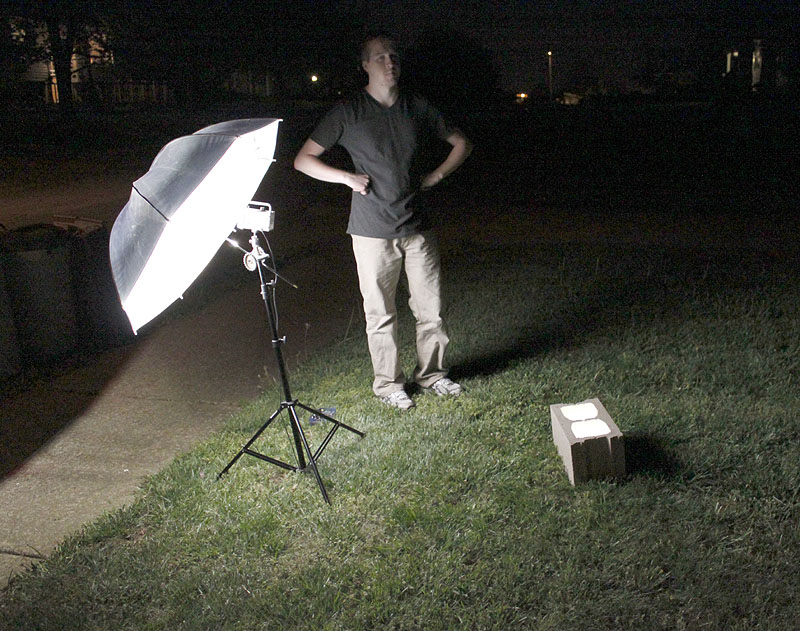
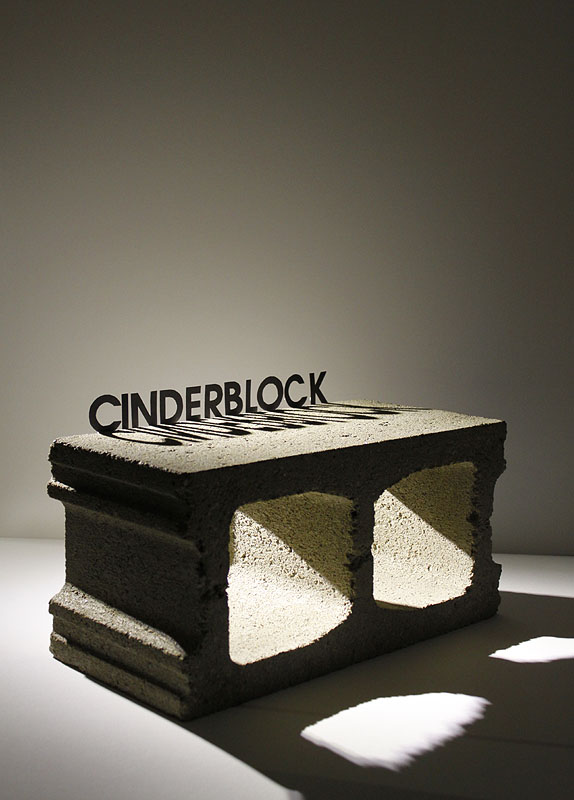
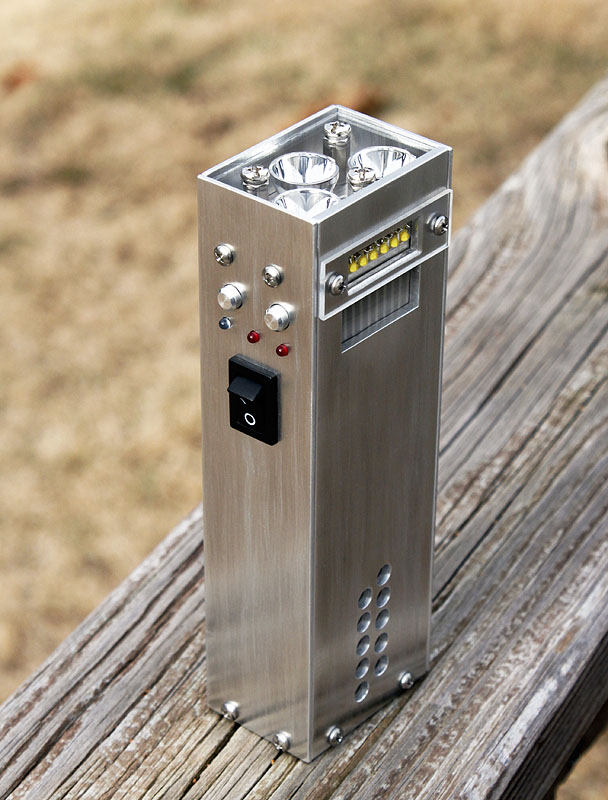
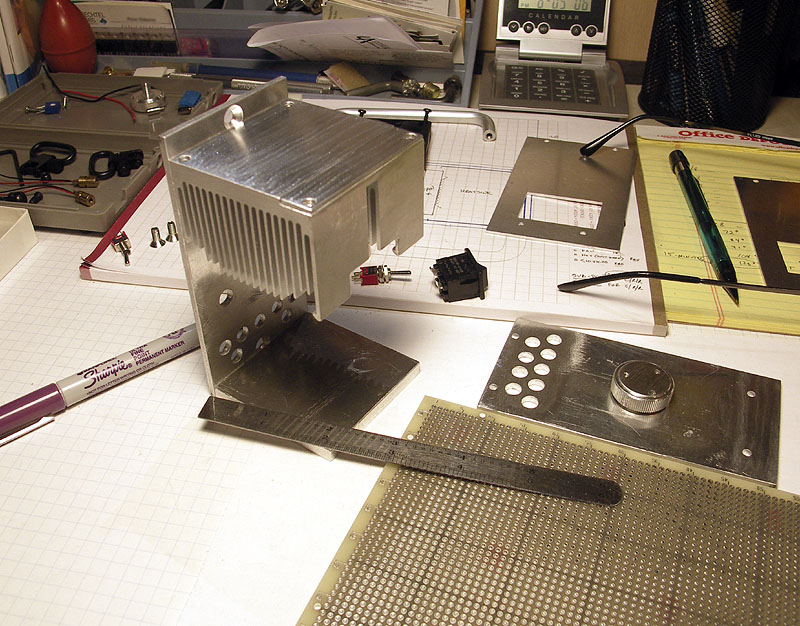
ok I re-did the circuit the best I could to use shorter wires and also to seperate the high power mosfet part from the comparator as well as use a .001uF cap like Mike suggested. I also messed up my previous post as I am using a LM393N dual comparator and not a LM339...
Still having oscillation issues I guess as it still dimms and brightens when I touch or get near the circuit. Also the max amperage the led gets is like 1.3 amps and not the 900mA that I had calculated for this circuit....
... The pot controls a voltage level given to one input on the comparator: ...
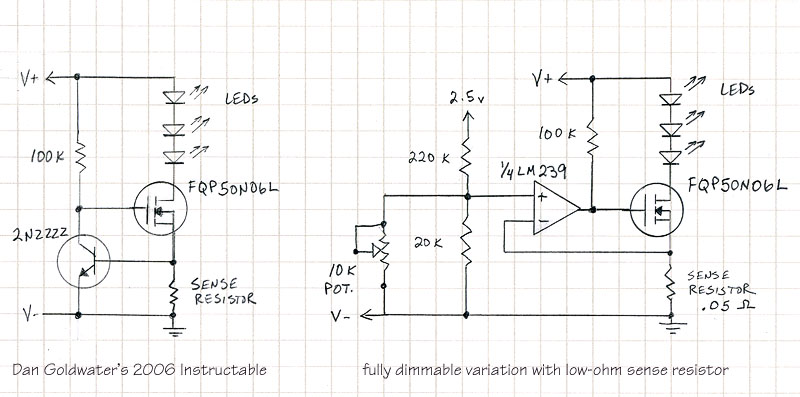
The brightness control is the 10K pot near the center.
Jeff